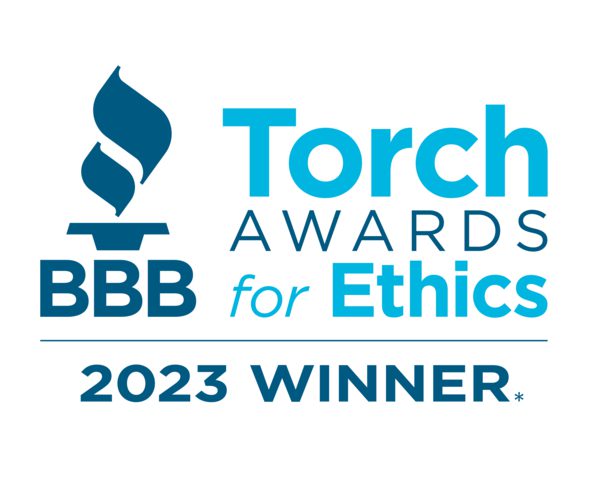“54.4% of respondents state there is high turnover and their in-home providers change often.”
Ohio is in the midst of a Direct Care Crisis. Roughly 4,000 aging Ohioans and Ohioans with disabilities are currently going without needed personal care services. Direct Care workers are essential to ensuring that Ohioans with disabilities are able to live and work independently. We must take action to prevent unnecessary institutionalization.
More information about how to reform the direct care system is below in the Advocacy section. Also, in the Timeline for Budget Consideration section you will discover the legislative process for making change happen and understand just how urgent it is for you to act now. Lastly, if you have your own personal experience relating to the Direct Care Crisis, you can share your story with the form near the end of this page. The buttons below will also take you directly to those sections.
Recent Activity





Advocacy
The tabs below contain a collection of useful information and examples to help you understand how to be a part of change and what can be achieved.
- Direct Care Workforce
- Talking Points
- Draft Legislation
- Letters to State Officials
- Media Stories
- Public Testimony
In 2022, Ohio created the Direct Care Workforce Expansion Group. After three days of testimony and accepting public comments, the working group drafted a report with recommendations for Ohio agencies.
“Everyone has the right to live, work, and play in the communities of their choice. Many people with disabilities need the support of Direct Care Workers (DCW) to eat, bathe, dress, tend to medical needs, or complete other activities of daily living. These workers are essential to empowering people with disabilities to live independently. Low pay, complicated systems, and lack of recruitment and retention efforts within this workforce have led to an emergency-level workforce shortage, putting people who need these services at serious risk.”
Click on the link below for talking points.
In 2019, the State of Colorado amended its Medicaid code to set a minimum wage for direct care workers:
January 1, 2022 Amendment that set Colorado’s Direct Care Workforce Minimum Wage to $15.00/ hour:
Ability Center Direct Care Workforce issue brief with model legislation:
Letter from Ohio Olmstead Taskforce asking for a joint action plan to solve the direct care crisis (August 2021):
Letters from Ohio Olmstead Task Force asking to use ARPA funds to set an hourly rate of pay for Direct Care Workers (November 2022):
Letter from The Ability Center asking the Ohio General Assembly to ensure parity in funding for nursing homes and direct care (December 2022):
Letter from Ohio Olmstead Task Force asking state agencies to raise wages for direct care workers as part of their budgets (October 2022):
Ohio Senate Budget Falls Short: Disparate Wages for Direct Care Workers
“On June 6, 2023, the Ohio Senate released its version of HB33, the Ohio Budget, which will direct Ohio taxpayer money for the next two years. The Ability Center Director of Advocacy Katherine Hunt Thomas released the following statement:
The budget sub-bill released by the Senate on Tuesday takes steps to move the needle on the direct care crisis, but it fails to raise wages enough to attract workers to the field of direct care and sets disparate wages for workers depending on their patient’s disability. The Ohio General Assembly should remedy these issues in the final budget…”
“Ohio direct-care workers were paid an average of $12.61 in 2021, and that is only a growth of an average of 56 cents, or 5 percent, over the years of 2011 to 2021,”Brittanie Maddox, disability rights advocate. Why does it matter? The harsh reality of lack of funding, low wages are sending people to nursing homes, stripping people of independence and costing the state more money.
“Developmental disability advocates highlighted several issues Thursday with provisions in the Senate’s budget they say would create inequities…”
H.B. 33 Establishes operating appropriations for fiscal years 2024-2025
Testimony – Renee Wood, Ohio Advocacy Task Force (download the written testimony)
Testimony – Brittanie Maddox, The Ohio Olmstead Task Force (download the written testimony)
H.B. 33 Establishes operating appropriations for fiscal years 2024-2025
Testimony – Katie Hunt Thomas, The Ability Center (download the written testimony)
H.B. 33 Establishes operating appropriations for fiscal years 2024-2025
Testimony – Renee Wood, Ohio Olmstead Task Force (download the written testimony)
Testimony – Brittanie Maddox, The Ability Center (download the written testimony)
Timeline on Budget Considerations
End of January
Governor proposes 2-year state budget (the “Executive Budget”) to the House of Representatives
Early February – Early April
House Finance Committee hears testimony from state agencies about the governor’s proposed budget. Finance Committee refers budget to subcommittees.
Committee members propose, accept, and/or reject amendments, creating a substitute bull (”Sub Bill”). Finance Committee passes Sub Bill and takes it to the full House for a vote. House votes on final amendments and passes the House budget, sending it to the Senate.
Late April – Mid-June
Members make amendments, creating another Sub Bill, which goes to the full Senate for a vote. Senate vote on final amendments and passes the Senate budget, sending it to Conference Committee.
Mid-June
Conference Committee (3 from the House, 3 from the Senate) create a compromise (”reconciled”) bill that combines elements of the House and Senate versions. Reconciled budget bill goes to Senate and House for votes. By law, both must pass the bill and send it to the Governor by the end of the state fiscal year, June 28.
June 30



